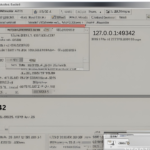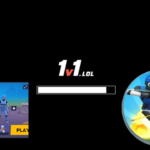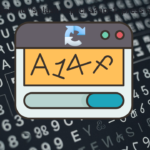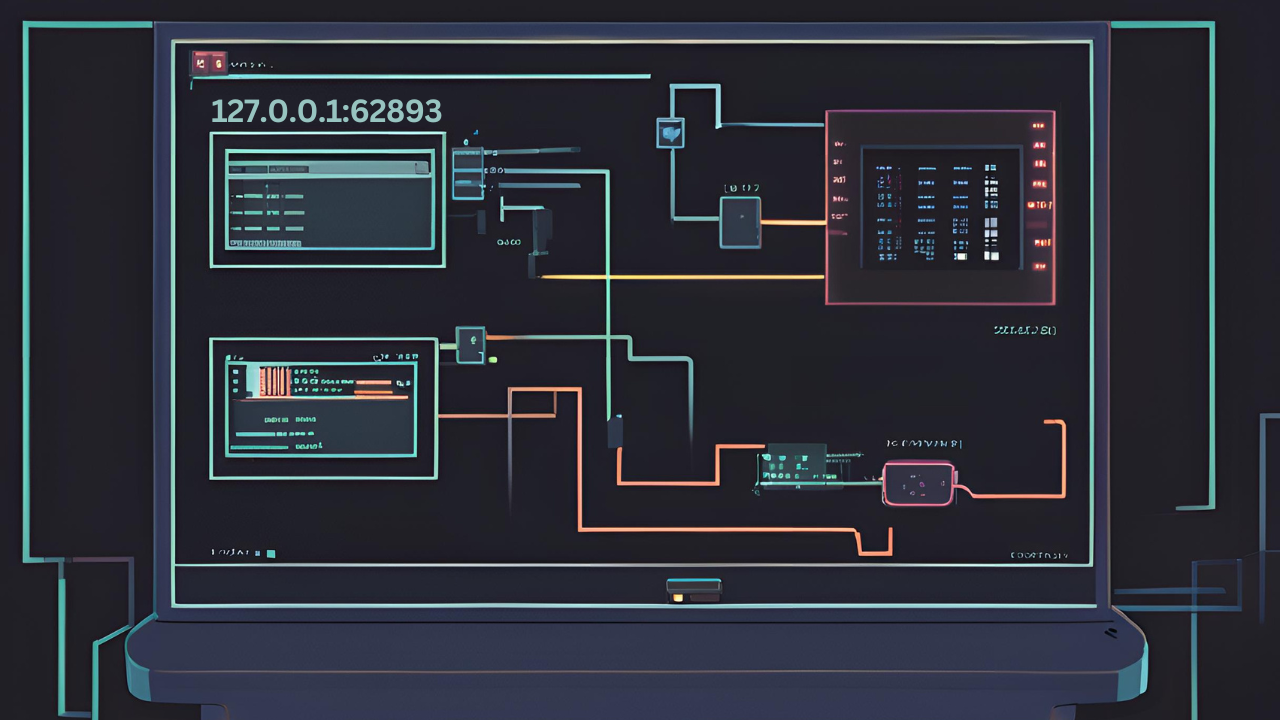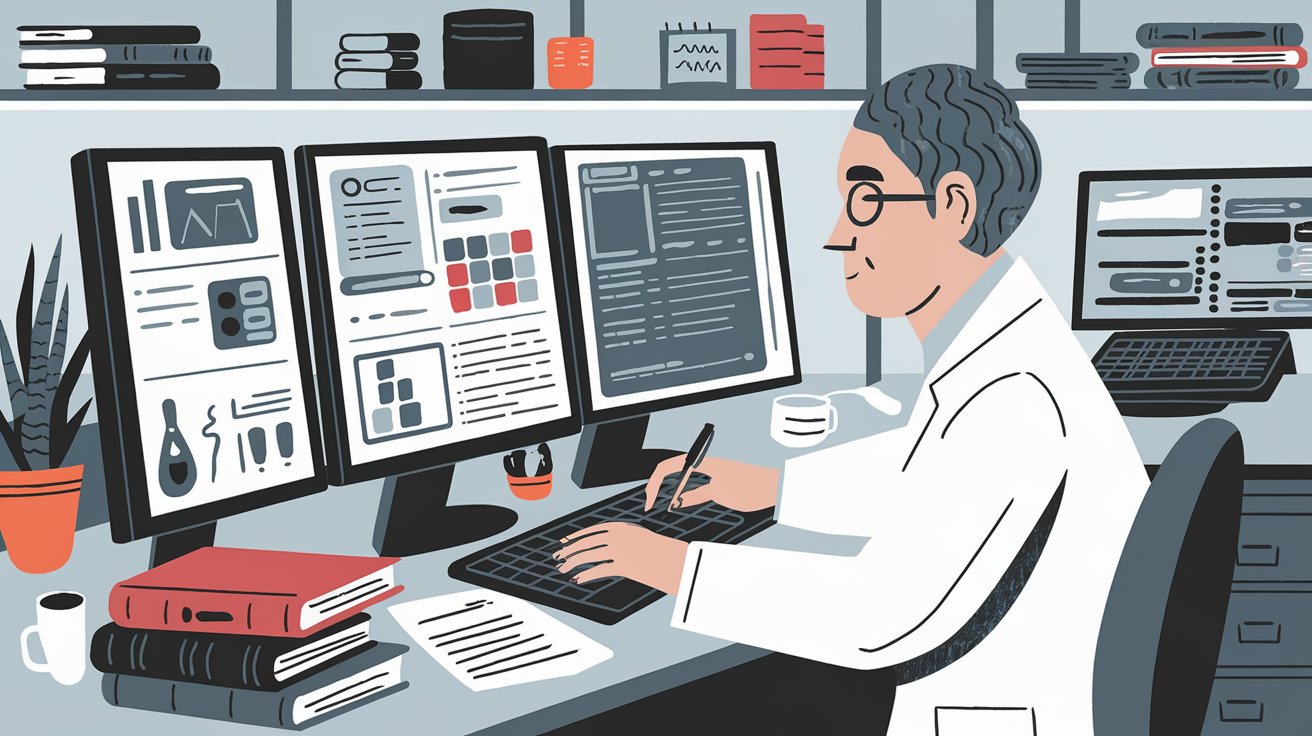splash captcha.ap=1 today’s digital age, internet security has become a significant concern for developers and users. Among the various security measures implemented across websites, CAPTCHA stands out as one of the most common. CAPTCHAs are challenges that distinguish human users from bots, ensuring that only legitimate users can access certain features or content. One term that has recently caught the attention of web enthusiasts and developers is “splash captcha?ap=1: pressmagazine.”
This keyword, “splash captcha?ap=1: press magazine,” is intriguing not just because of its unique combination of elements but also because identifying its exact purpose or origin is challenging. While it blends several familiar terms, its specific meaning and usage are shrouded in Mystery. In this article, we will delve into each component of this phrase, explore possible interpretations, and examine the broader context in which it might be used.
Also Read: Three Reasons The Ps5 Star Wars: Kotor Remake is Such a Huge …
What Is SplashUI?
The term “splash” likely refers to a user interface (UI) element known as a splash screen. Splash screens are commonly used in applications and websites as an introductory screen that appears while the app is loading or before the user interacts with the main interface. The “UI” in “Splash” emphasizes its role as a part of the user interface, making it an essential element in guiding user experience.
In the context of “splash captcha?ap=1: pressmagazine,” splash might indicate the presence of a splash screen where a CAPTCHA challenge is presented. This could be a step taken by a website or application to verify the user’s identity before granting access to specific content or actions.
The Role of CAPTCHA
CAPTCHA, an acronym for Completely Automated Public Turing Test to Tell Computers and Humans Apart, is a crucial component of web security. It prevents bots from accessing restricted areas, spamming, or performing unauthorized actions on a website. CAPTCHAs typically involve tasks that are easy for humans but difficult for automated systems, such as identifying letters in a distorted image or selecting specific images from a set.
When paired with “splash captcha?ap=1: press magazine,” it suggests that the CAPTCHA is integrated within the splash screen interface. This integration could serve as a gatekeeper, allowing only verified users to proceed further.
Decoding “ap=1”
Including “ap=1” in the phrase adds another layer of complexity. This parameter likely refers to an argument or a setting within a URL or code. In web development, parameters like these pass specific information to the server or dictate certain behaviours on a webpage.
In “splashui captcha?ap=1: pressmagazine,” “ap=1” could indicate that a particular application or feature is being activated, possibly related to the CAPTCHA or the pressmagazine section. This could mean that the CAPTCHA is required specifically for users accessing or registering under the “pressmagazine” category, ensuring that only legitimate users gain access.
PressMagazine: A Media Outlet?
The final puzzle piece is “press magazine,” which likely refers to a specific media outlet or publication. Media outlets often require secure registration processes, especially for press credentials or restricted content.
In this scenario, “splash captcha?ap=1: press magazine” might be a security measure implemented by a media outlet to ensure that only authorized journalists or members can access certain site sections. The CAPTCHA would serve as a verification step, presented through a splash screen UI, to prevent bots or unauthorized users from gaining entry.
Interpreting the Entire Phrase
When we combine these elements, “splash captcha?ap=1: press magazine” appears to be a security mechanism a media outlet uses to protect its content or features. The splash screen UI (“splash”) introduces a CAPTCHA challenge, activated by the parameter “ap=1,” specifically targeting users attempting to access the “press magazine” section. This setup ensures that only legitimate human users can proceed, adding a layer of protection against bots and unauthorized access.
The Broader Implications
Using a term like “splash captcha?ap=1: press magazine” highlights the increasing complexity of web security measures. As bots become more sophisticated, websites and applications must employ advanced techniques to safeguard content and user interactions. By integrating CAPTCHAs within splash screens, developers can create a seamless yet secure user experience, ensuring that only genuine users can access sensitive information.
Moreover, this keyword reflects the specialized nature of certain security measures. While generic CAPTCHAs are common, including specific parameters and targeted applications, as seen in “splash captcha?ap=1: press magazine,” suggests a tailored approach to security. This level of customization is crucial for organizations that need to protect high-value content, such as media outlets, financial institutions, or e-commerce platforms.
Conclusion
In conclusion, “splash captcha?ap=1: press magazine” is a fascinating term that encapsulates the intricate nature of modern web security. While this phrase’s exact origin or usage may remain elusive, its components provide valuable insights into how websites and applications safeguard their content. By understanding the roles of splash screens, CAPTCHAs, and specific parameters like “ap=1,” we can appreciate how developers protect user interactions in an increasingly digital world.
As we continue to explore and encounter such unique terms, it’s essential to stay informed about the latest trends in web security. Whether you’re a developer, a journalist, or simply an internet user, understanding these mechanisms can help you navigate the web confidently, knowing that your interactions are secure.



